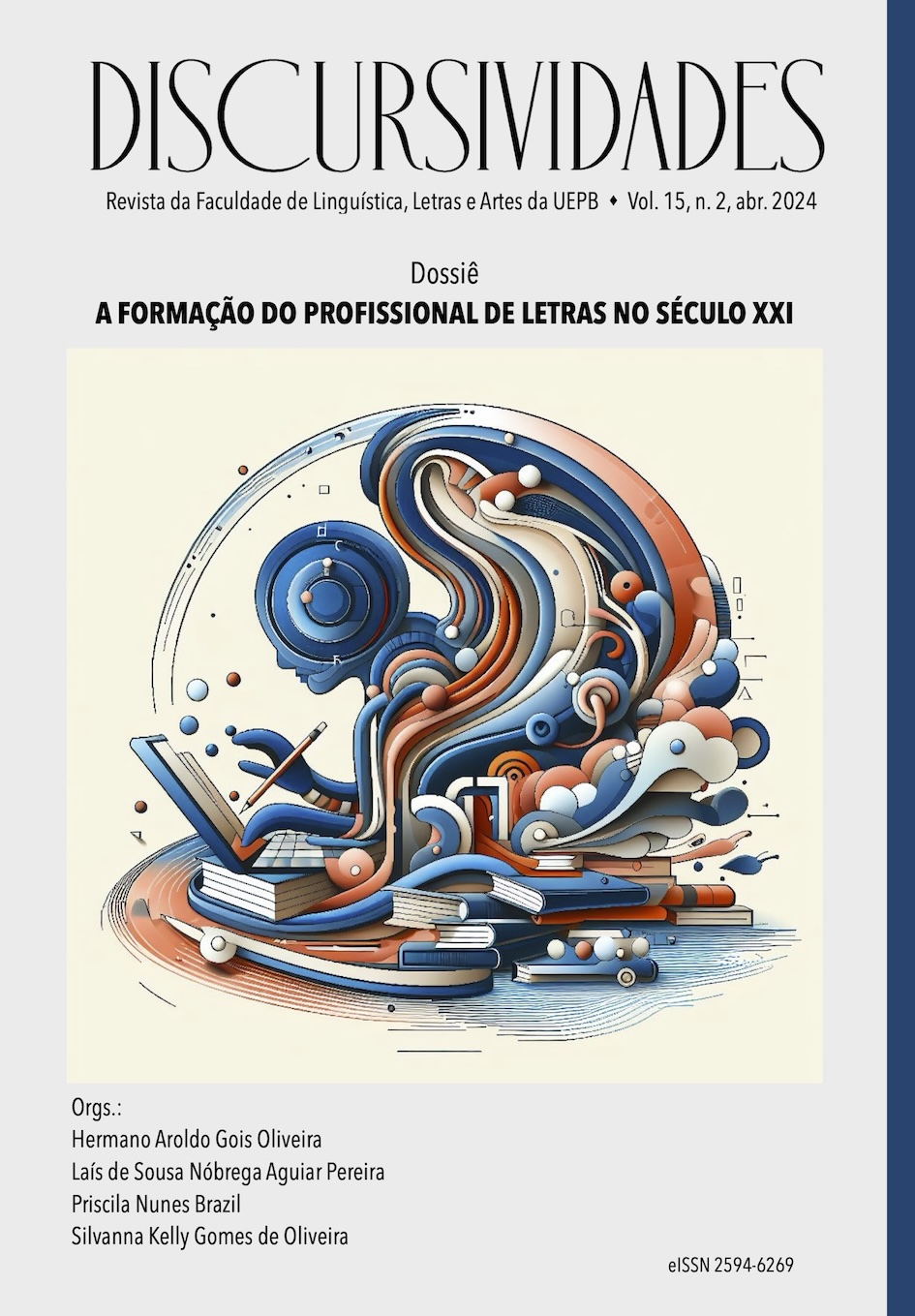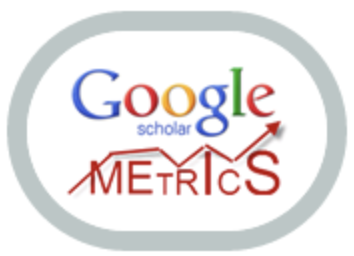Current situation of teaching Latin Language and related subjects in Portuguese Language Courses: difficulties and challenges
DOI:
https://doi.org/10.29327/256399.15.2-6Keywords:
língua latina, matrizes curriculares, letras-portuguêsAbstract
This article investigates the relevance of teaching the Latin language in the training of Portuguese Language teachers, given the changes in educational conception that led to the reduction of this subject in the national curriculum matrices. The importance of the Latin language in the construction of syntactic, morphological, phonological and semantic aspects of Brazilian Portuguese is highlighted. The methodology applied is bibliographically based, descriptive/qualitative, based on a review of the historicity of Latin teaching in Brazil, culminating in the gradual reduction of its workload in the curriculum of humanities/Portuguese courses. The research is justified by the urgency in valuing curricular components related to Latin in the training of Portuguese language teachers, considering how higher education institutions adapted to changes in national curricular matrices throughout the 20th century. In addition to the reduction in the presence of the Latin language, the research mentions proposals for methodological approaches to teaching Latin, considering today's social and cultural demands. Therefore, we seek to understand the historical roots of the transformations in the teaching of the Latin Language to propose strategies that rescue its importance in the training of Portuguese Literature teachers. As a theoretical contribution, the works of Viaro (1999), Ilari and Basso (2009), Sousa et al (2019) etc. are used.
References
AMARANTE, José. O latim no Brasil após a segunda metade do século XX e a emergência de novos materiais didáticos. Imprensa da Universidade de Coimbra / Annablume, 2017.
BAGNO, Marcos. A língua de Eulália: novela sociolinguística, 15. ed. – São Paulo: Contexto, 2006.
DANTAS, Michelle Bianca Santos; SILVA, Josefa Caroline Xavier da. Desafios do ensino do latim ontem e hoje: historicidade, métodos e uma análise do Curriculum no curso de letras (Língua Portuguesa) da UFPB. Revista Intertexto, Uberaba, MG. V. 14, N. Especial, p. 166-190, 2021.
ILARI, Rodolfo; BASSO, Renato. Algumas palavras sobre gramática, linguística e ensino. In: O português da gente: a língua que estudamos, a língua que falamos. Editora Contexto, São Paulo, SP. 229-237, 2009.
OLIVEIRA, Waislan Nathan Ferreira; VIEIRA, Fernando Zan. Uma análise sobre a influência do latim nos dias atuais. Ponta Grossa, PR, XV Jornada Científica Dos Campos Gerais, v. 15, p.3, 2017.
SOUZA, Fernanda Cunha et al. O ensino de latim no Brasil: um passado e várias perspectivas. Revista Trem de Letras, Alfenas, MG. V. 6, N. 2, p. 1-21, 2019.
Universidade Estadual da Paraíba. Projeto Pedagógico de Curso PPC: Letras Português (Licenciatura) / Universidade Estadual da Paraíba CEDUC ; Núcleo docente estruturante. Campina Grande: EDUEPB, p. 102, 2016.
VIARO, Mário Eduardo. A importância do latim na atualidade. Revista de ciências humanas e sociais, São Paulo, Unisa, V.1, N.1, p.7-12, 1999.
Downloads
Published
How to Cite
License
Copyright (c) 2024 Rinaldo Brandão; Bárbara Hellen de Andrade; Yasmim Normanha

This work is licensed under a Creative Commons Attribution 4.0 International License.
Authors who publish in this journal agree to the following terms:
a) Authors retain copyright and grant the journal the right of first publication. The articles are simultaneously licensed under the Creative Commons Attribution 4.0 International Public License (CC BY 4.0) which allows the sharing of the work with acknowledgment of its authorship and initial publication in this journal.
b) Discursividades journal offers immediate free access to its content, following the principle that making scientific knowledge available to the public free of charge provides greater global democratization of knowledge.






